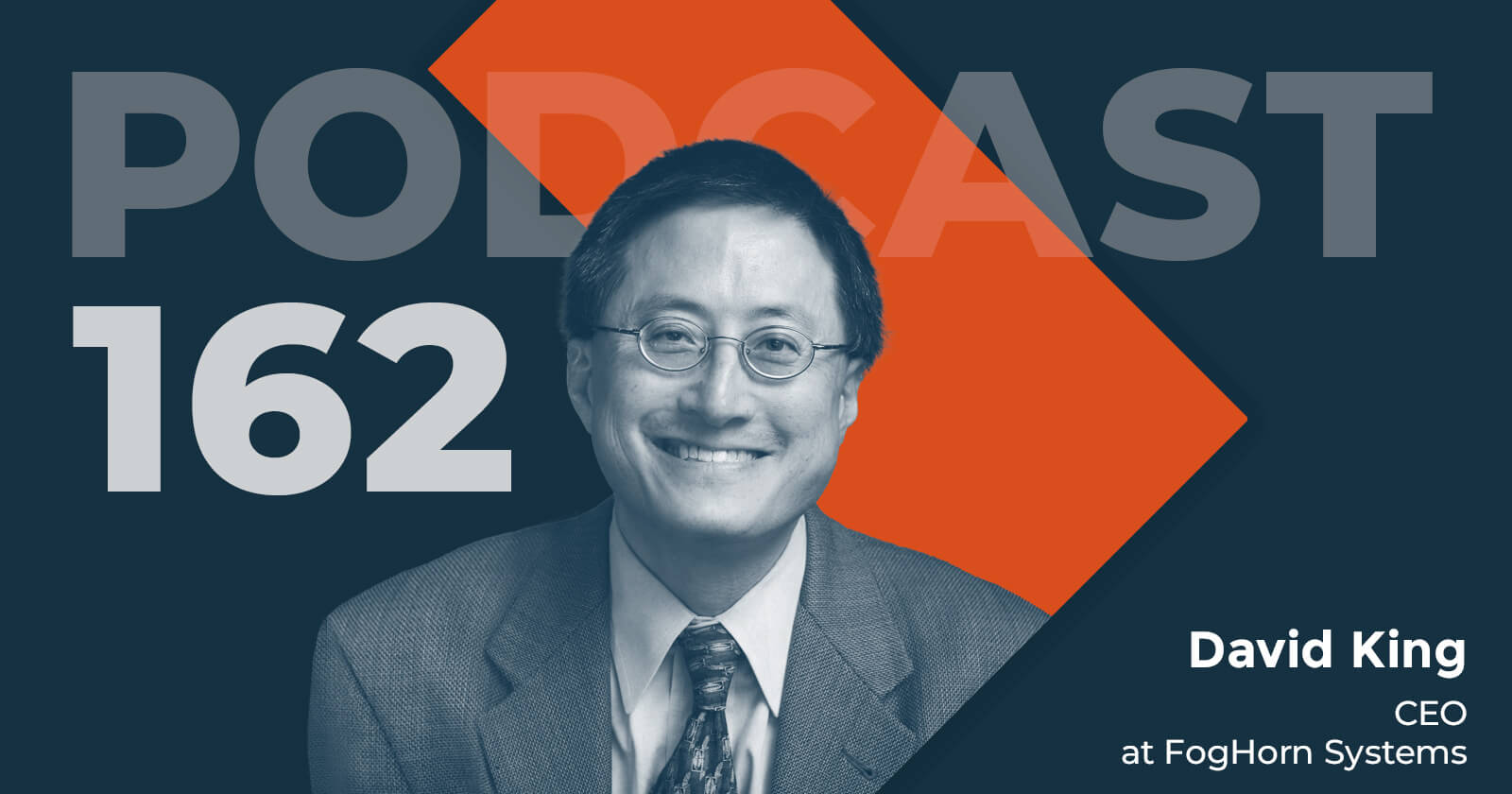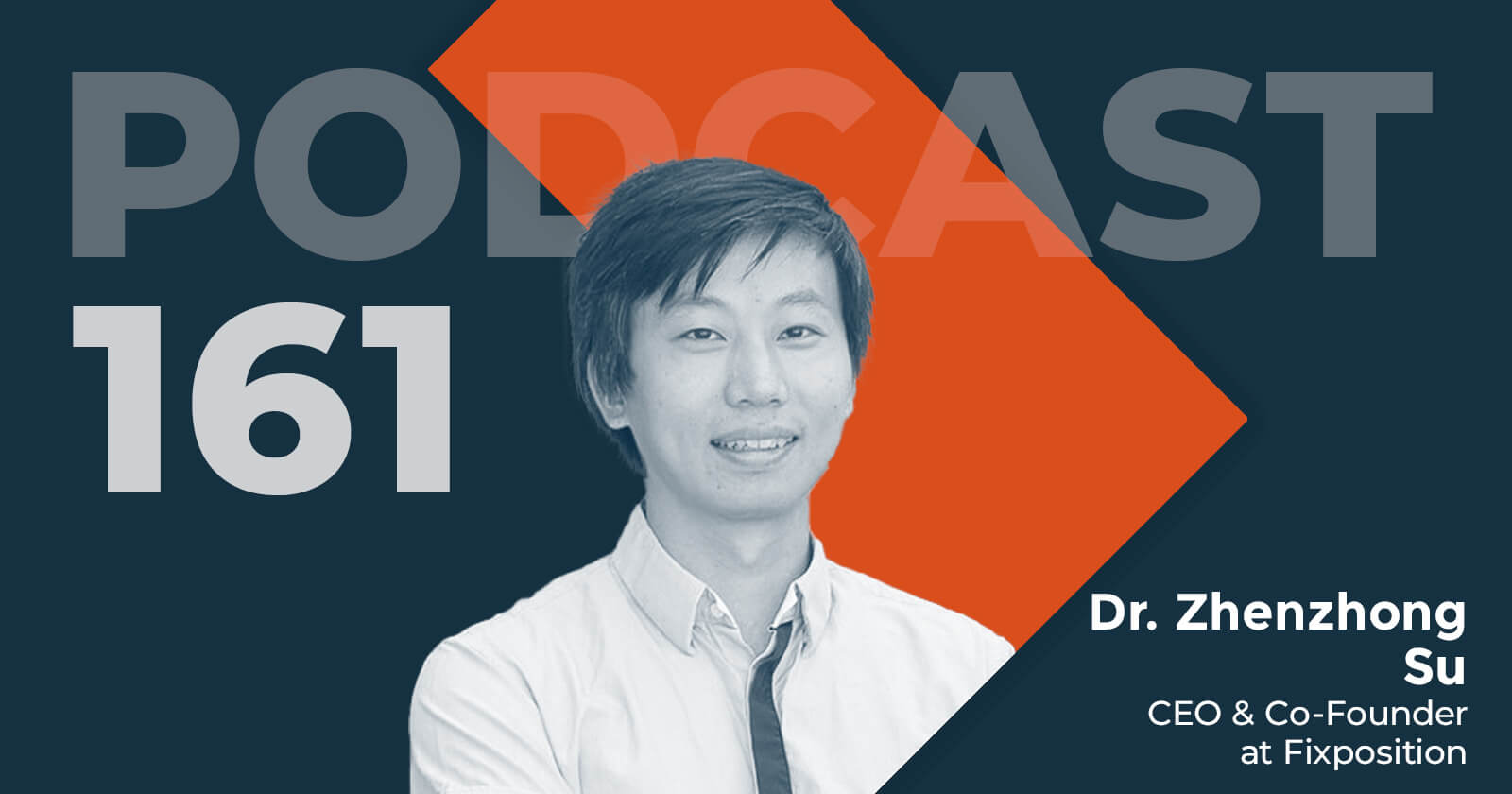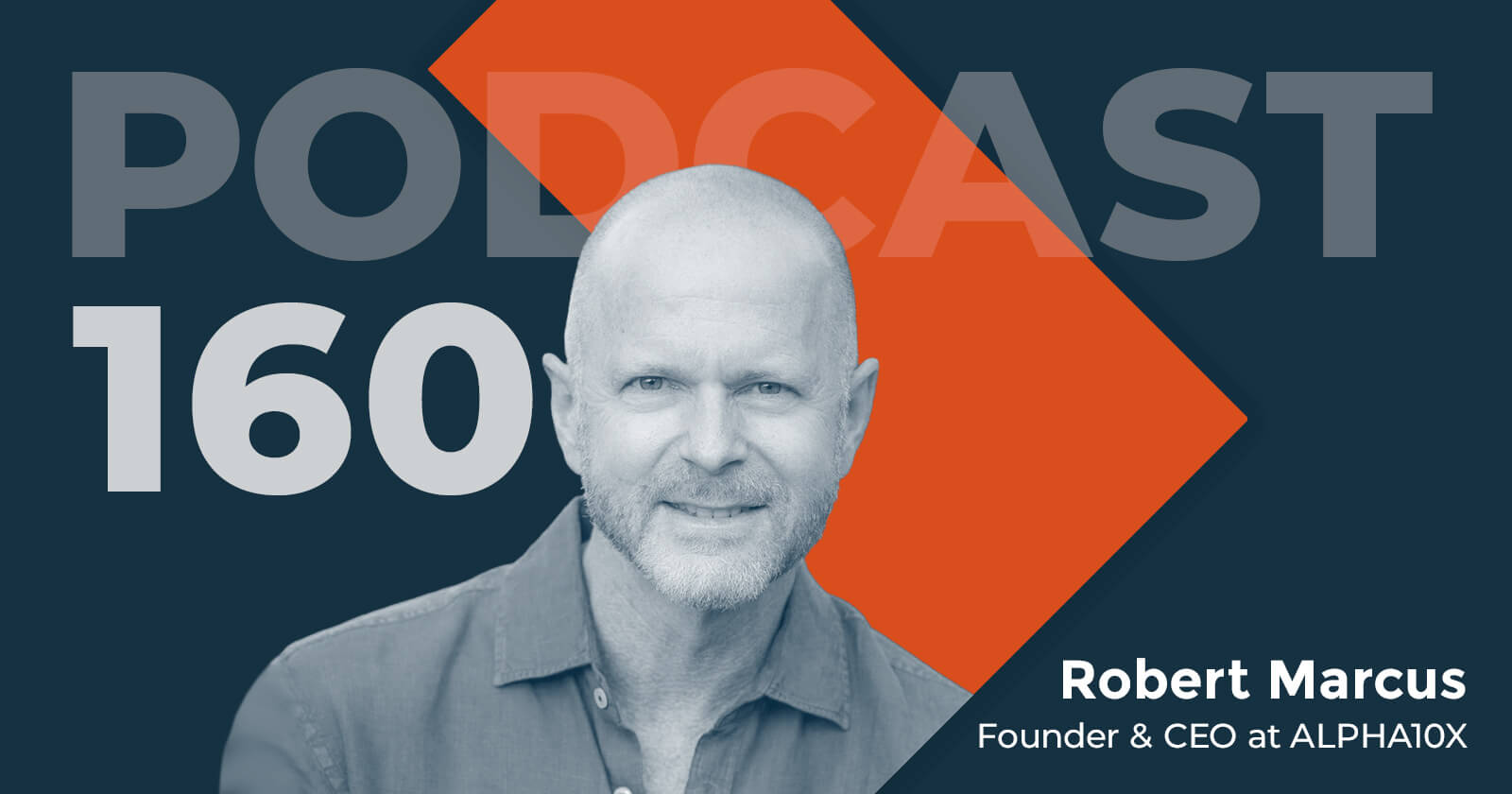Insight Vector
Views of an IoT Pioneer: Poised at the Verge of a Major Inflection
Ken Forster

Innovation and market perspectives from leading IoT innovators
We met up with Dave Evans, who spent 10 of his 24 years at Cisco in the unique role of Chief Futurist before leaving for Stringify, a startup which was sold last year to Comcast. He’s recently joined Augmate as CTO and we had the chance to catch up with him in New York. Our conversation focused on how IoT, AI, and Blockchain are a perfect “trifecta” of technologies that together are poised to drive massive transformations ahead. We look forward to following up with Dave, a true IoT luminary, on a subsequent podcast.
Can you share a bit of your background?
I was born in the UK and came to the US in the 80s and was always involved in technology. I’ve been obsessed with robotics and built devices since I was a kid. The first Commodore VIC-20 I got I wired to my house. I’ve been interested in understanding how tech can be applied to problems. An early job I had when I was 16 was Monolithic Memories (acquired by AMD) working in accounting. Data would come in, and it took 24 hours to process on an old 4.7 MHz computer. I rewrote the code with a new sort algorithm and cut down the time to less than 1 second. The ability to apply technology to problems has been my passion.
I’ve had this ability to forecast the future, and ultimately Cisco gave me the title Chief Futurist. The work I was doing with customers helped them decide where to invest. I left Cisco after 24 years, to start Stringify to solve challenges around IoT interoperability and ease of use. We built an incredible platform coupled with powerful, easy to use iOS and Android apps that enabled users to simply drag and drop things to create powerful experiences, all without having to worry about technical jargon such as protocols, standards, APIs, etc. The company was later acquired.
What have you learned as a futurist?
One thing I observed in forecasting is that things happen quickly, but change takes a lot longer because the variable is human behavior. I had developed a style of techniques using backcasting and other techniques – in some respects I had developed my processes organically that many other futurists have used. There are a lot of things that affect technology – culture, philosophy and other things. There are a lot of technologies that might be more mainstream but for the human element.
What is your background with the Internet of Things?
I got into the IoT space around 15 years ago and wrote my first paper around then. It was clear to me that in the future we would not ask why something was connected, but rather, why it was NOT connected? What we need was not discrete things connected to the Internet, but systems of things working together to solve real problems. We need an Internet of Systems of Things - for buildings, traffic systems, energy systems and so on.
How do you think about IoT growth, which has been less robust than early forecasts?
Watching your kids grow every day you don’t notice the growth, unlike someone who sees them only once a year. We are adding around 100 things to the internet every second. If you believe there are ~20 billion connected day, and 50 billion on the horizon, that’s the largest technology shift ever. There’s nothing that’s ever happened at this scale before.
There are of course many challenges yet to solve - issues around interoperability and battery life, for example, but IoT gives silent things a voice; giving things an ability to “speak”. We are entering an interesting time in human history, one that’s incredibly exciting but also terrifying. We have a short amount of time to solve population, climate, energy, and food and water issues. These are world-shaping issues, but technologies will solve these problems over time.
What does blockchain technology mean to you?
I’ve seen a lot of big shifts in my life – mainframe to client-server, Internet, cloud, mobile – but the implications of blockchain are world changing. Blockchain takes the middleman out of things and immutability provides a measure of truth. It enables new types of business models – like a lightbulb or car making micro payments in real time. Overlaid with AI, we have a powerful trifecta – IoT + Blockchain + AI. In the future, there will no longer be “dumb devices” on the network. I think this powerful combination of technologies will dwarf everything that has come before. I’ve been futurist for a decade but have not seen anything this powerful. If you look historically, Apple was not the first mover in a cell phone, but they needed something to come along, and that was the full screen that allowed them to be transformative.
What attracted you to Augmate?
We share a very similar vision about the applications of technology. People ultimately need to be at the center of technology, in other words, it’s not technology for technology’s sake – it has to solve real issues, and Augmate shares the view that technology should service the needs of people. I see that the product can become an amazing platform that people can build on. With IoT, I don’t think that anyone is addressing this in the right way. For me a light bulb went off when I saw that blockchain, AI, and IoT fit together so well and the amplification effect is so powerful.
What do we need to see blockchain go mainstream?
Today it’s still very much the realm of the techies. The average person doesn’t know how to get involved, what’s real, and what’s hype. I’ve read so much that’s inconsistent – with loose terminology. We need to simplify this so that people can understand it and understand the value. Thinking about implications of where blockchain technologies are going, it’s still the wild west; an exciting time but the future implications are profound. When machines are negotiating with each other as part of autonomous systems - this will be an enormous change.

Momenta Partners encompasses leading Strategic Advisory, Executive Search, and Investment practices. We’re the guiding hand behind leading industrials’ IoT strategies, over 150 IoT leadership placements, and 25+ young IoT disruptors. Schedule a free consultation to learn more about our Connected Industry practice.



